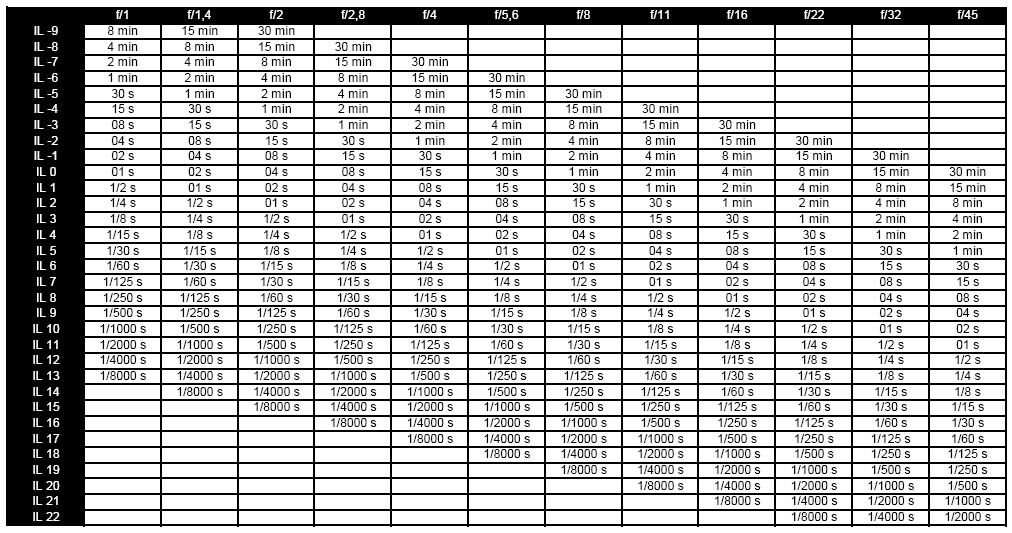Hi Guys!!
I'm a neophyte here. I just found this question from a particular but no answer..:dunno:
I found this question interesting..need your professional advice.
this is the question:
I am not sure if i am asking the correctly. But I would like to learn how to calculate new shutter speed base on F stop increment or decrement? for example, 1/60 after 1-stop decrement = ?.
I'm a neophyte here. I just found this question from a particular but no answer..:dunno:
I found this question interesting..need your professional advice.
this is the question:
I am not sure if i am asking the correctly. But I would like to learn how to calculate new shutter speed base on F stop increment or decrement? for example, 1/60 after 1-stop decrement = ?.



